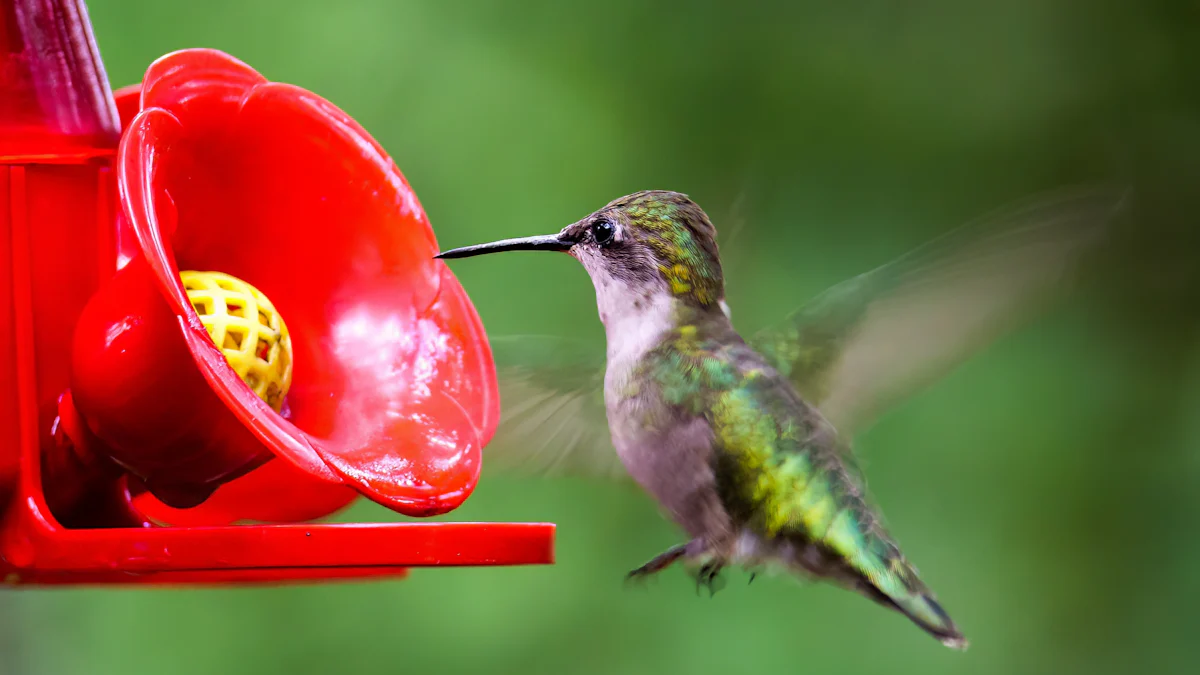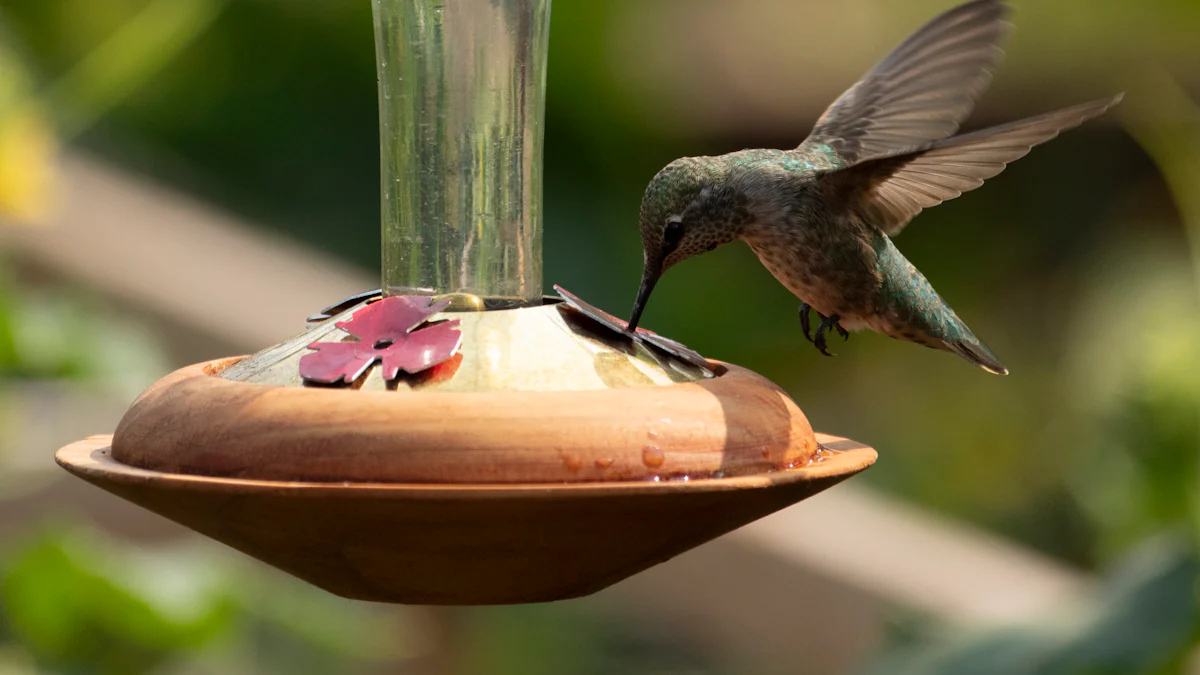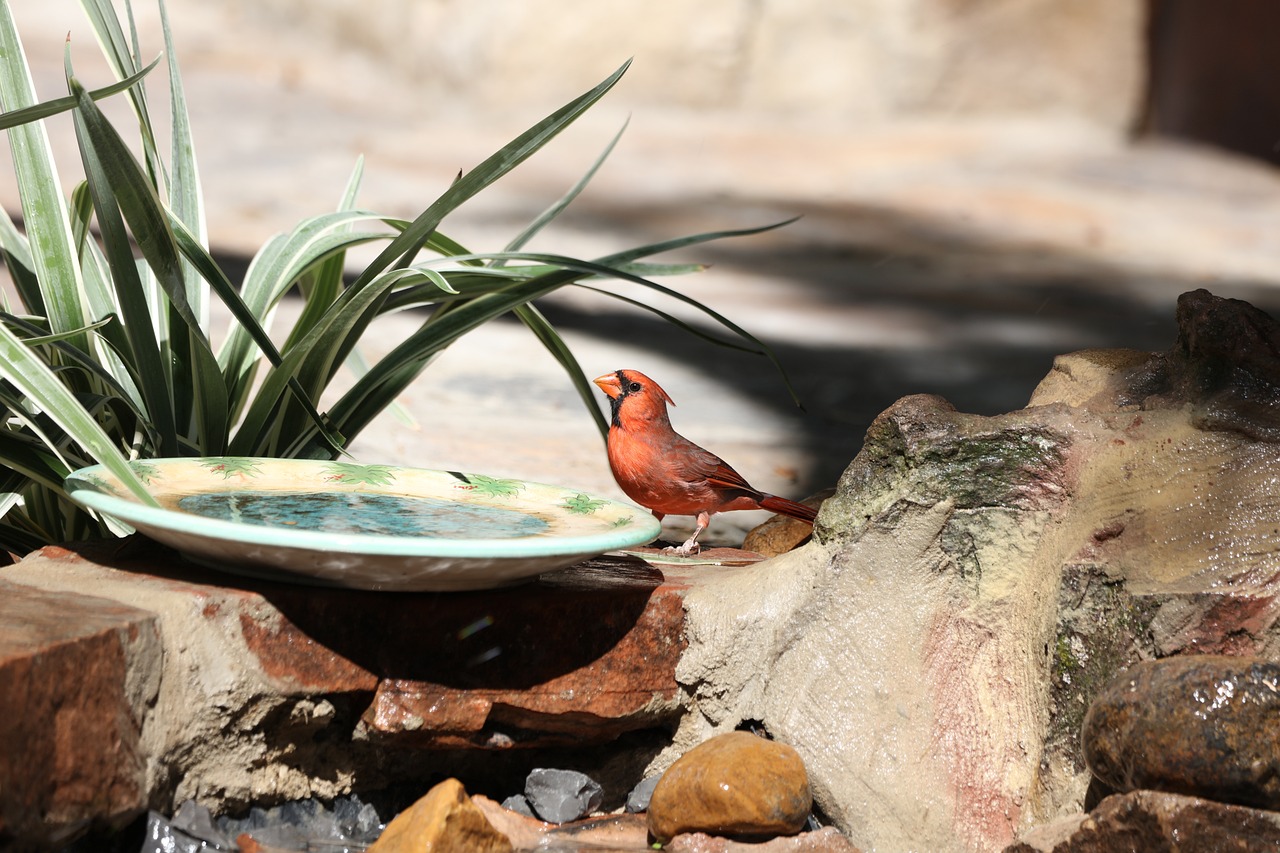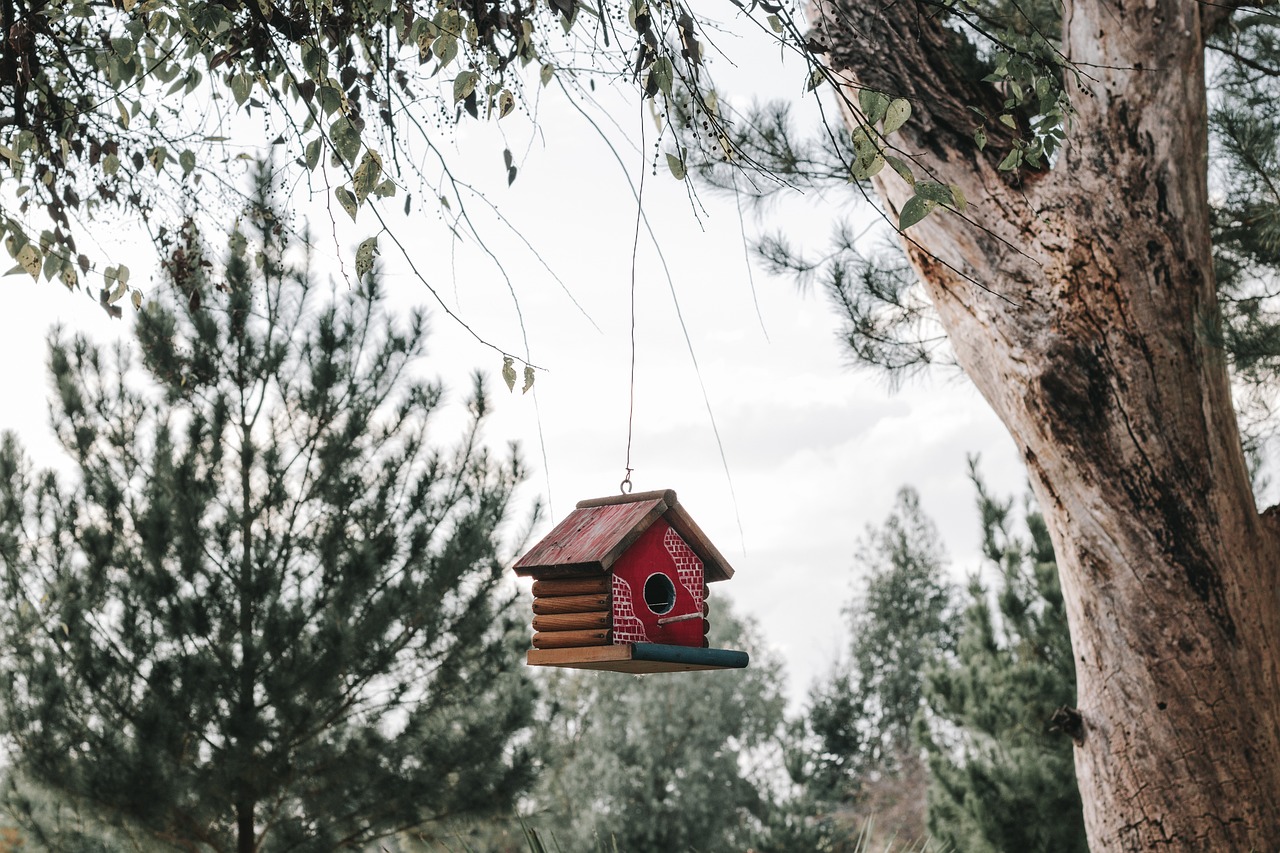
Hummingbirds bring more than just beauty to gardens; they play a vital role in maintaining biodiversity and ecological balance. By attracting hummingbirds, gardeners not only invite grace and charm but also benefit from natural pest control services. These tiny marvels feed on pests like mosquitoes, gnats, and caterpillars, reducing the need for chemical pesticides. The blog focuses on affordable methods to create a hummingbird-friendly environment, ensuring a delightful experience while contributing to conservation efforts.
Choosing the Right Plants
When planning your garden to attract hummingbirds, selecting the right plants is crucial. Native flowers, flowering shrubs, and vines play a significant role in creating a welcoming environment for these delightful birds.
Native Flowers
Native plants offer numerous benefits when it comes to attracting hummingbirds. They provide a rich source of nectar and attract insects that serve as essential protein sources for these tiny creatures. Research by Doug Tallamy highlights how native plants support a diverse ecosystem, benefiting not only hummingbirds but also other wildlife.
Examples of Native Flowers for Hummingbirds
-
Bee Balm: Known for its vibrant red blooms, bee balm is a favorite among hummingbirds.
-
Salvia: With its tubular flowers in shades of red and blue, salvia is a popular choice for attracting these aerial acrobats.
-
Trumpet Vine: The trumpet-shaped flowers of this vine are irresistible to hummingbirds, providing ample nectar throughout the blooming season.
Flowering Shrubs and Vines
In addition to native flowers, incorporating cost-effective flowering shrubs and vines can further enhance your garden's appeal to hummingbirds.
Cost-Effective Shrubs
Consider planting shrubs like butterfly bush or abelia, which not only add beauty to your landscape but also serve as valuable food sources for visiting hummingbirds.
Vines that Attract Hummingbirds
Vines such as clematis or honeysuckle offer a vertical element that hummingbirds appreciate. Their twining growth habit provides natural perches and feeding opportunities for these agile flyers.
Planting Tips
To maximize the attraction of hummingbirds to your garden, follow these simple planting tips:
-
Plant in clusters: Grouping plants together creates visual impact and makes it easier for hummingbirds to locate their favorite blooms.
-
Seasonal variety: Ensure you have plants that bloom at different times of the year to provide a continuous food source for visiting hummingbirds.
Setting Up Feeders

When preparing to attract hummingbirds, the setup of feeders is a crucial step in creating a welcoming environment for these delightful creatures. By offering a variety of feeder options and ensuring proper placement and maintenance, you can increase the chances of attracting more hummingbirds to your garden.
Types of Feeders
Budget-Friendly Feeder Options
-
More Birds Hummingbird Feeder: This vintage-inspired feeder features a metal base and transparent glass, available in multiple colors.
-
Sewanta Plastic Hummingbird Feeder: Lightweight and priced under $15, this feeder has a 10-ounce clear reservoir and built-in ant guard.
-
Hand-Blown Glass Hummingbird Feeder: With an eye-catching flower-shaped design in four colors, this feeder can also be used as a vase or candlestick holder.
DIY Feeder Ideas
-
Create a simple feeder using recycled materials like plastic bottles or jars.
-
Craft a feeder with colorful beads and wire to attract hummingbirds with visual appeal.
-
Repurpose old teacups or small containers into charming feeders by adding perches for the birds.
Placement of Feeders
Ideal Locations
-
Hang feeders near native plants to provide natural cover and food sources for hummingbirds.
-
Place feeders in shaded areas to prevent nectar spoilage due to direct sunlight exposure.
-
Ensure feeders are easily visible from different angles to attract hummingbirds from various directions.
Avoiding Common Mistakes
-
Avoid placing feeders near bird baths or water sources to prevent contamination.
-
Refrain from using sticky substances on feeders that may harm hummingbirds' delicate feathers.
-
Regularly check for leaks or cracks in feeders that could lead to nectar spillage and waste.
Maintaining Feeders
Cleaning Tips
-
Clean feeders with warm water and mild soap at least once a week to prevent mold growth.
-
Use bottle brushes or pipe cleaners to reach tight spots inside the feeder for thorough cleaning.
Refilling with Homemade Nectar
-
Mix one part white granulated sugar with four parts water as an economical and safe nectar solution for hummingbirds.
-
Boil the mixture briefly, cool it down, then fill the feeder with fresh nectar every 3–4 days.
Waiting Period for New Feeders
After setting up new feeders, allow at least two weeks for hummingbirds to discover them before making any changes or adjustments.
Providing Water Sources

Bird Baths
When attracting hummingbirds, incorporating water sources is essential to create a welcoming environment for these delightful creatures. Hummingbirds not only need nectar but also require clean water for drinking and bathing. To cater to their needs, consider installing affordable bird baths in your garden.
Affordable Bird Bath Options
-
Opt for shallow bird baths with gently sloping edges to provide easy access for hummingbirds.
-
Ensure the water is fresh and clean by regularly changing it to maintain a hygienic bathing area for the birds.
-
Place the bird bath near native plants or flowers to attract hummingbirds while they enjoy their refreshing baths.
Misters and Drippers
In addition to traditional bird baths, using misters and drippers can further enhance your garden's appeal to hummingbirds. These devices create tiny droplets that mimic natural dew, attracting hummingbirds with the allure of fresh water sources.
Benefits of Misters
-
Mist foliage with a fine spray to create tiny droplets that hummingbirds can bathe in and drink from.
-
Mimic natural conditions by providing misters that offer a gentle and refreshing shower for visiting hummingbirds.
Setting Up Drippers on a Budget
-
Use simple drip irrigation systems or DIY setups to create drippers that provide a continuous supply of water droplets for hummingbirds.
-
Position drippers strategically near flowering plants or feeders to entice hummingbirds with the sound and sight of dripping water, encouraging them to explore your garden further.
Creating a Safe Environment

Natural Pest Control Methods
To maintain a safe environment for hummingbirds, implementing natural pest control methods is essential. By encouraging the presence of beneficial insects like ladybugs and lacewings in your garden, you can effectively manage pests without resorting to harmful chemicals. These insects act as natural predators, feeding on common garden pests such as aphids and caterpillars.
Benefits of Organic Gardening
Embracing organic gardening practices not only safeguards the health of hummingbirds but also promotes overall ecosystem balance. By avoiding synthetic pesticides and fertilizers, you create a harmonious environment where hummingbirds can thrive alongside other wildlife. Organic gardening nurtures biodiversity and supports the delicate ecological relationships that sustain these magnificent birds.
Providing Shelter
In addition to food sources and water, providing shelter is crucial for creating a welcoming habitat for hummingbirds. Planting trees and bushes that offer protective cover allows these tiny creatures to rest, nest, and seek refuge from predators.
Planting Trees and Bushes
Selecting native trees and bushes with dense foliage provides ideal shelter for hummingbirds. Trees like oak or maple offer sturdy branches for perching, while shrubs such as holly or viburnum create safe havens for nesting. By incorporating diverse vegetation in your garden, you enhance its appeal as a sanctuary for these aerial visitors.
Creating Hummingbird-Friendly Spaces
Designating specific areas in your garden as hummingbird-friendly spaces encourages these delightful birds to frequent your yard. By minimizing disturbances and creating quiet zones with abundant nectar sources, you establish peaceful retreats where hummingbirds feel secure and at ease.
Installing Branches or Dowels
Simple additions like branches or dowels strategically placed around your garden provide additional perching spots for hummingbirds. These elevated vantage points offer panoramic views of their surroundings while allowing them to conserve energy between feeding sessions. Installing branches or dowels enhances the overall landscape aesthetics while catering to the comfort and well-being of these enchanting avian guests.
Scott Weidensaul with Audubon suggests creating a diverse backyard with staggered blooms, feeders, and perches to attract hummingbirds. Avoiding toxic garden chemicals is crucial as hummingbirds rely on insects for a significant part of their diet. Providing natural pest control, like ladybugs and lacewings, ensures a safe environment for these tiny marvels. Remember to offer water sources such as misters for bathing. To start your hummingbird-friendly garden today, visit [HIXX SMART BIRD FEEDER] and explore our selection of nectar-rich flowers like trumpet vine, bee balm, and salvia. These vibrant blooms will help sustain the energetic lifestyles of these feathered wonders right in your own backyard.













